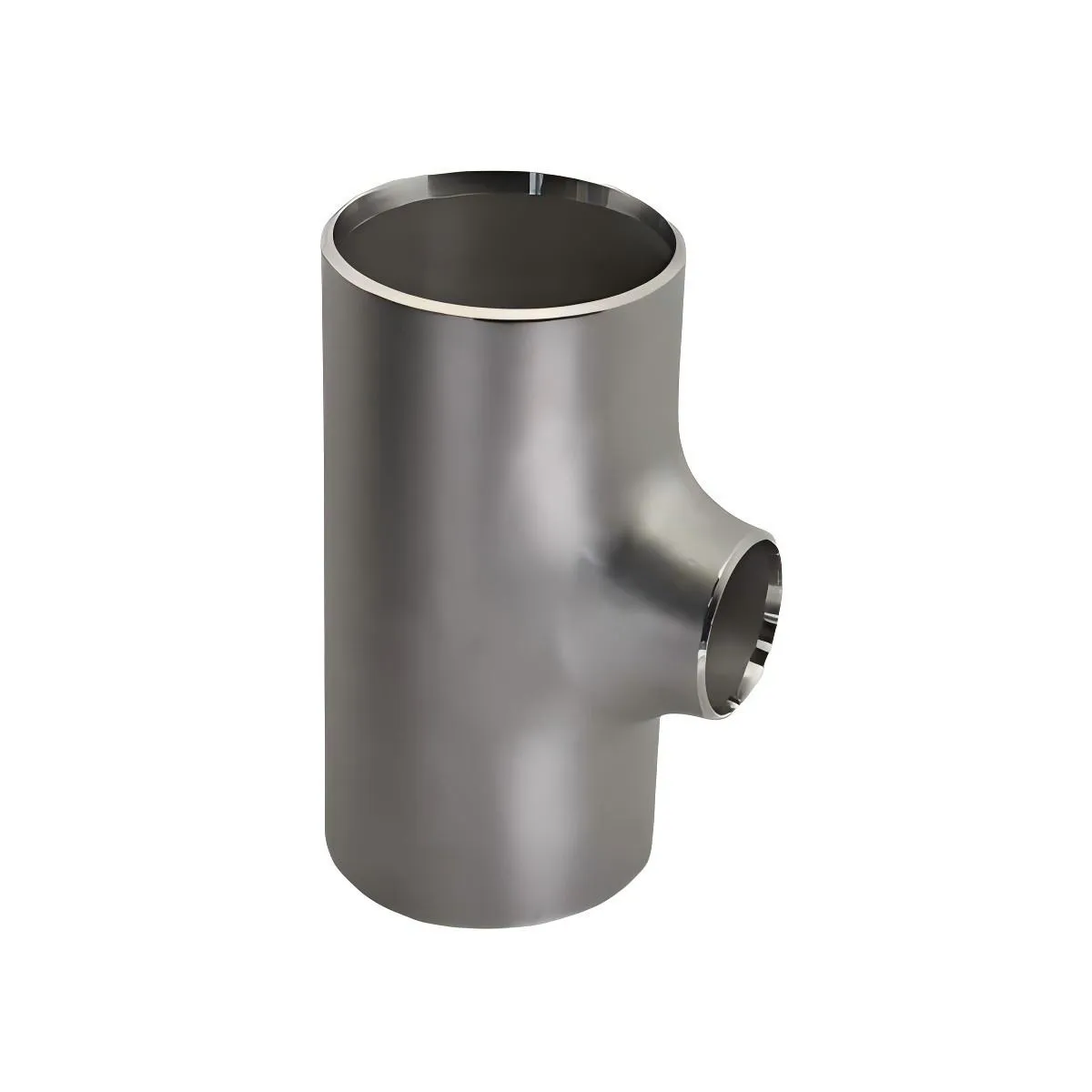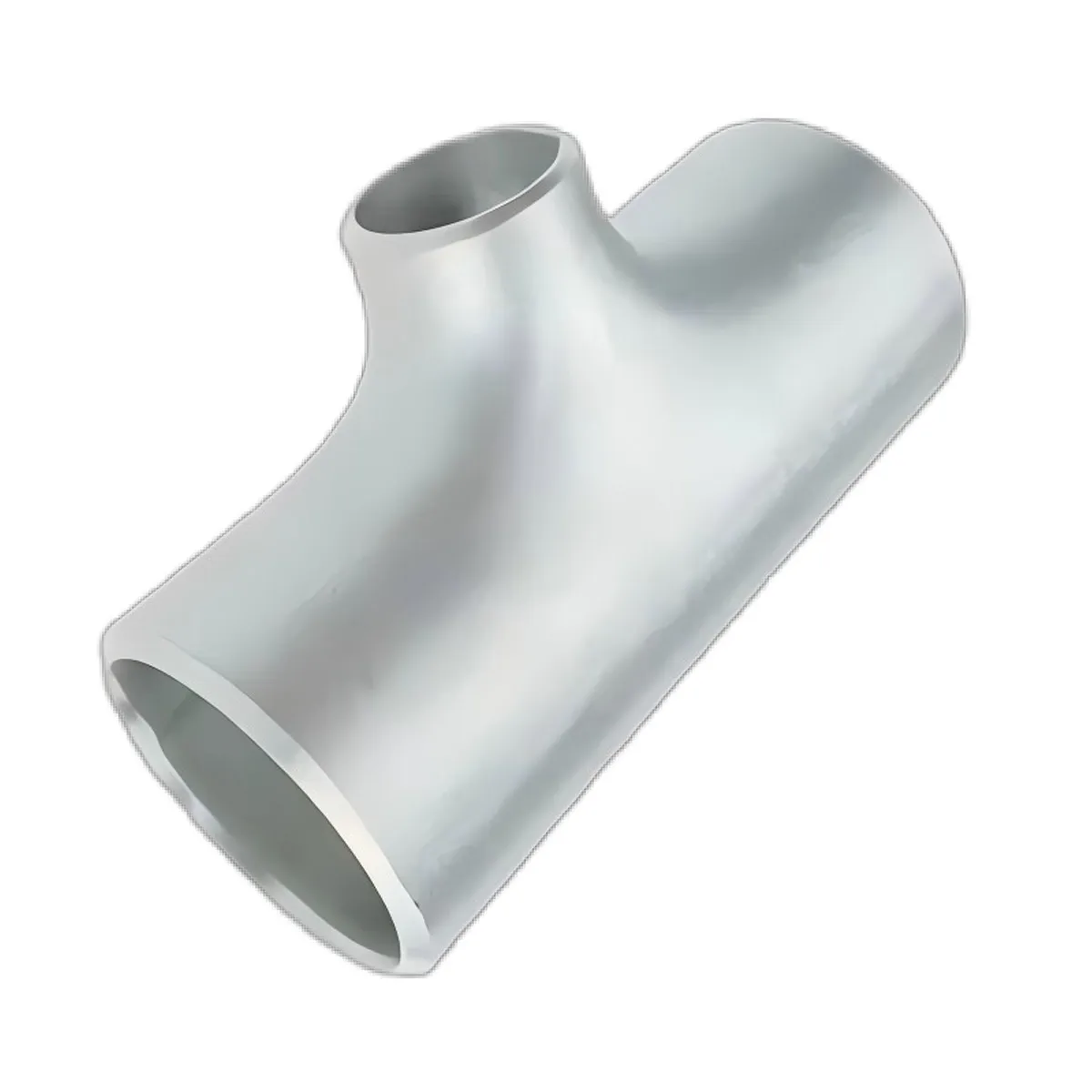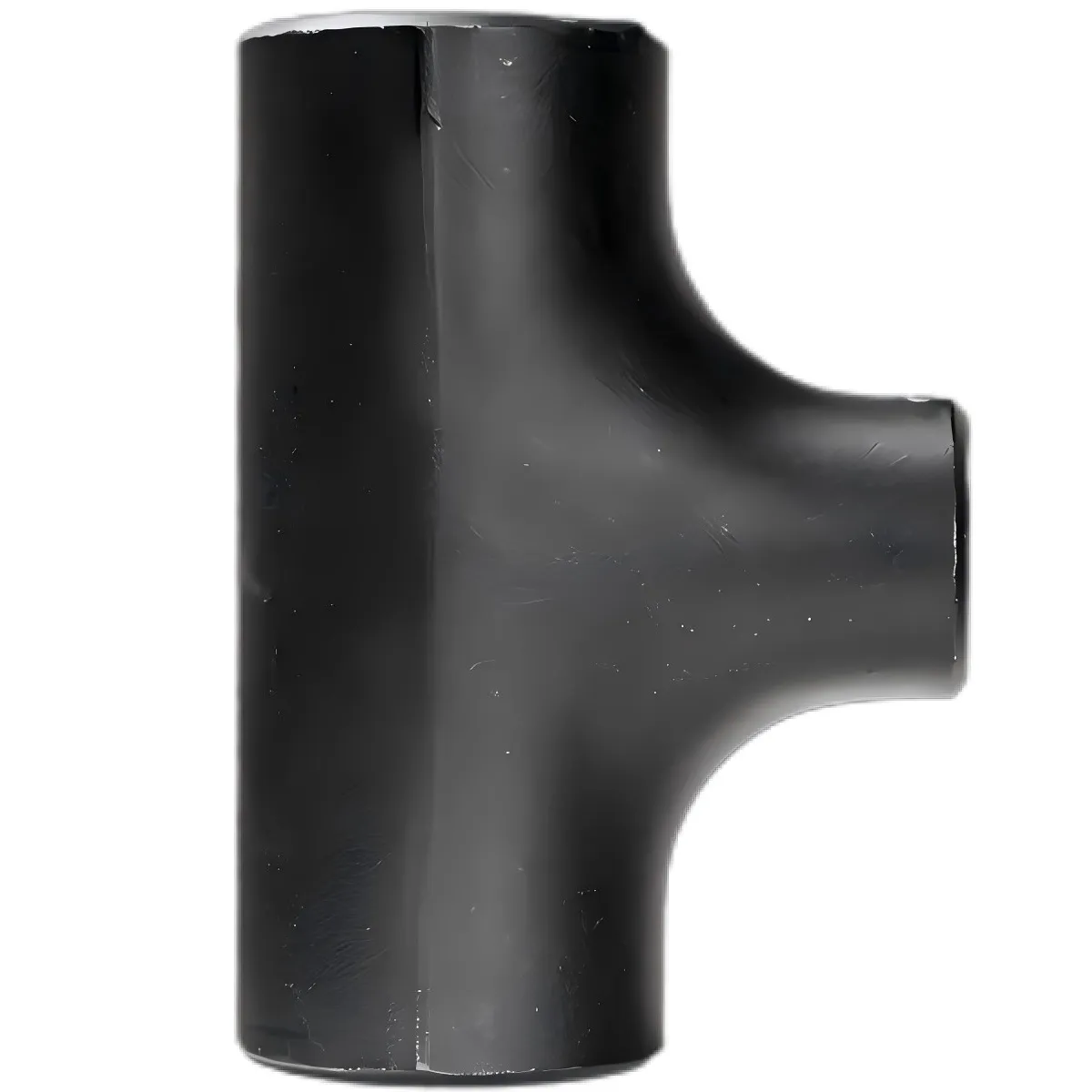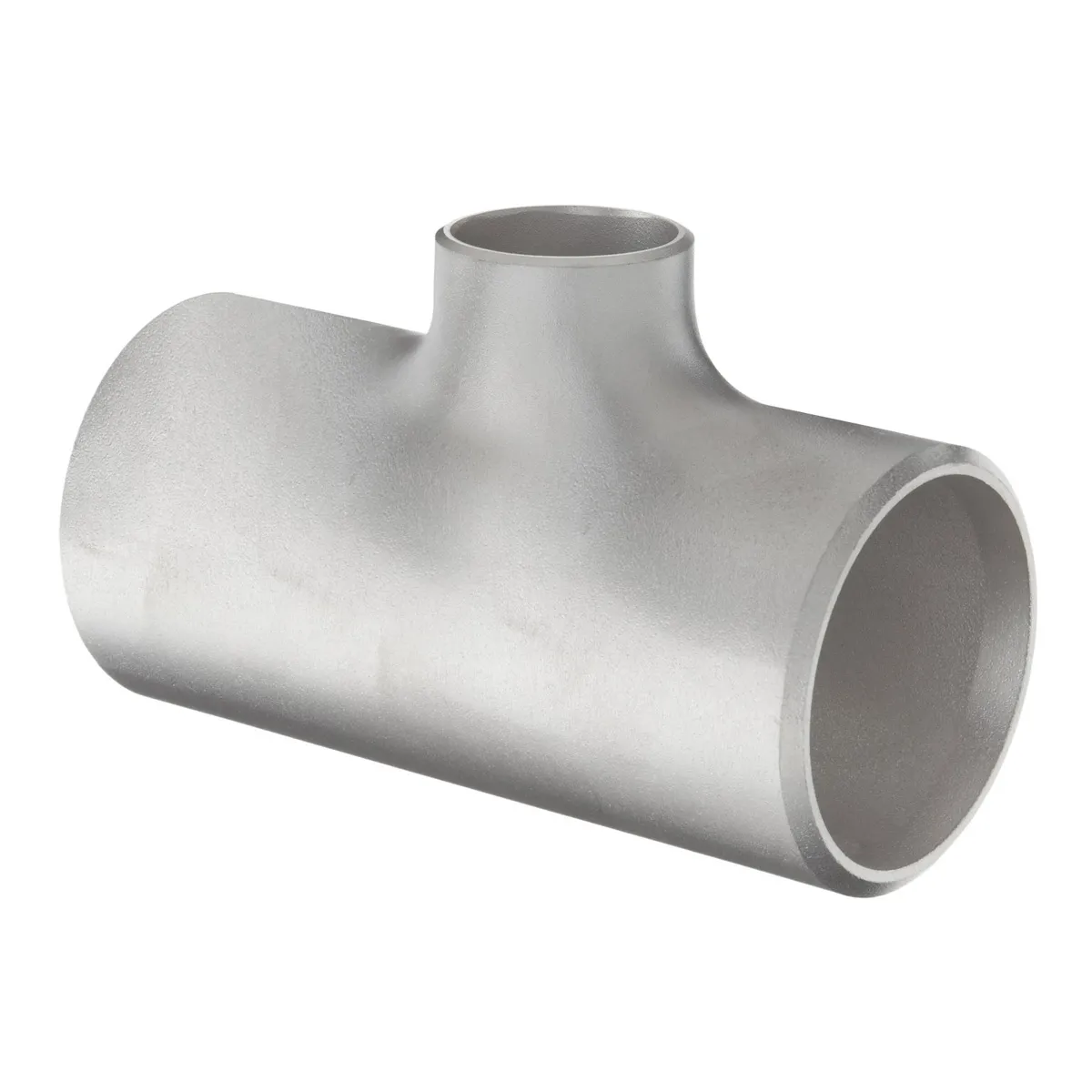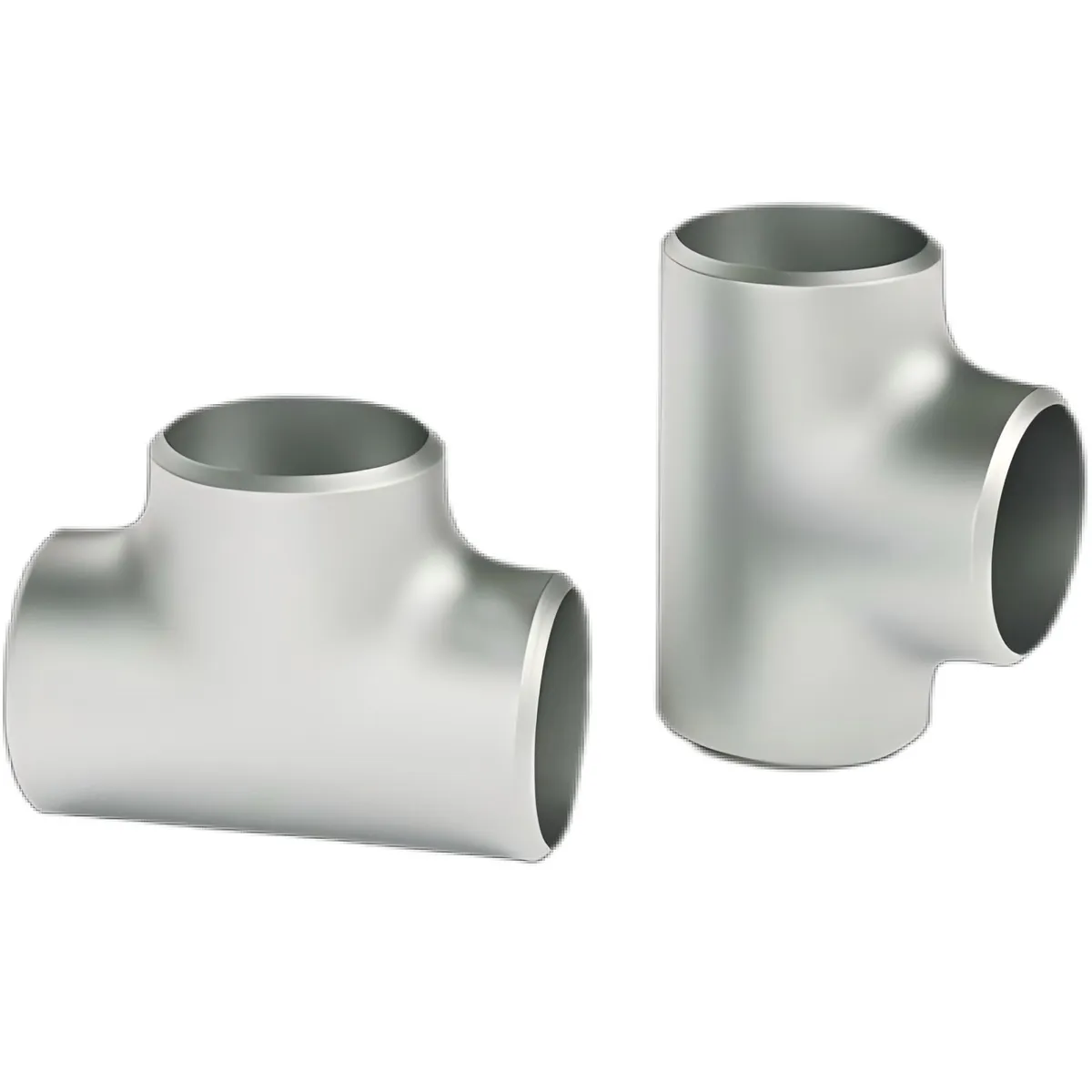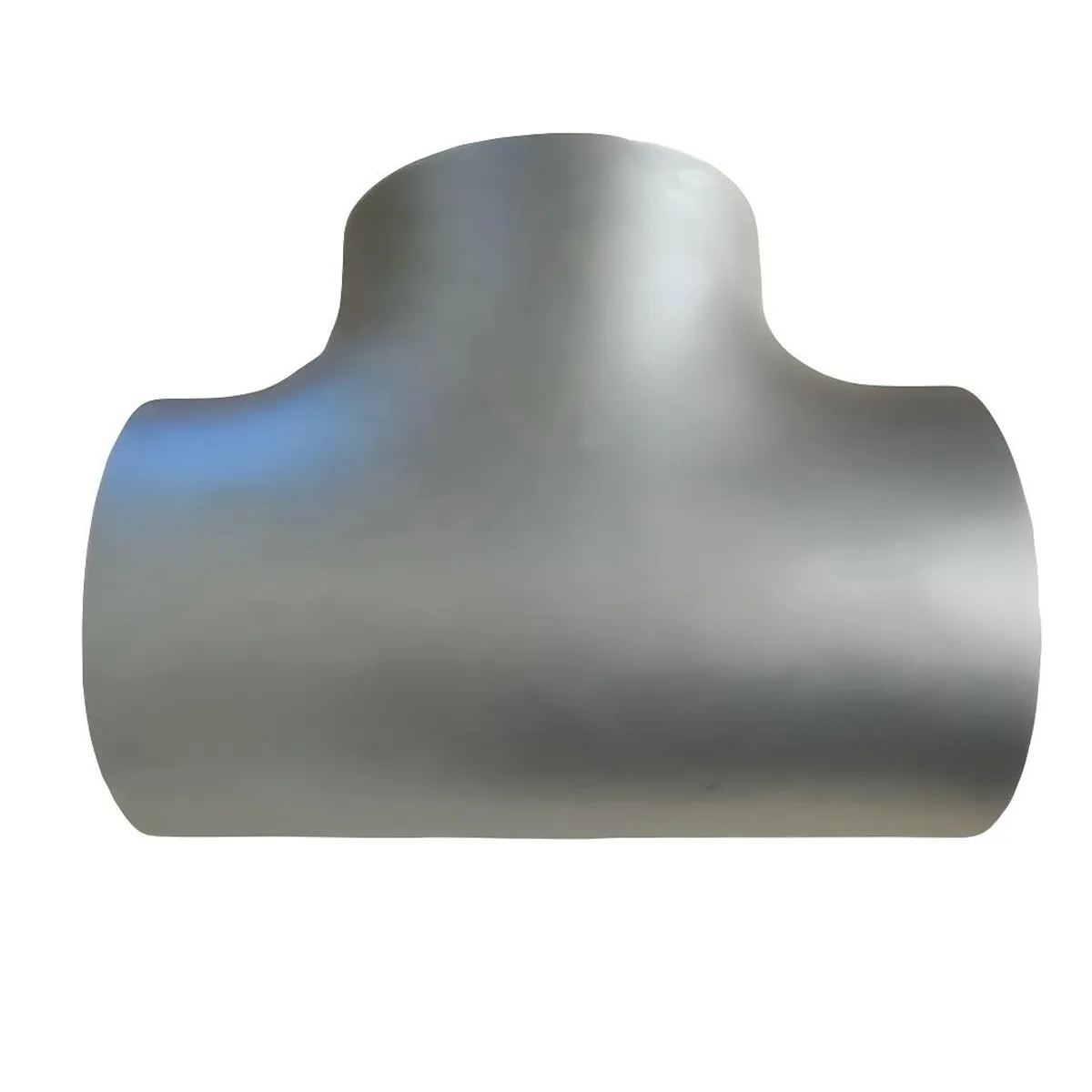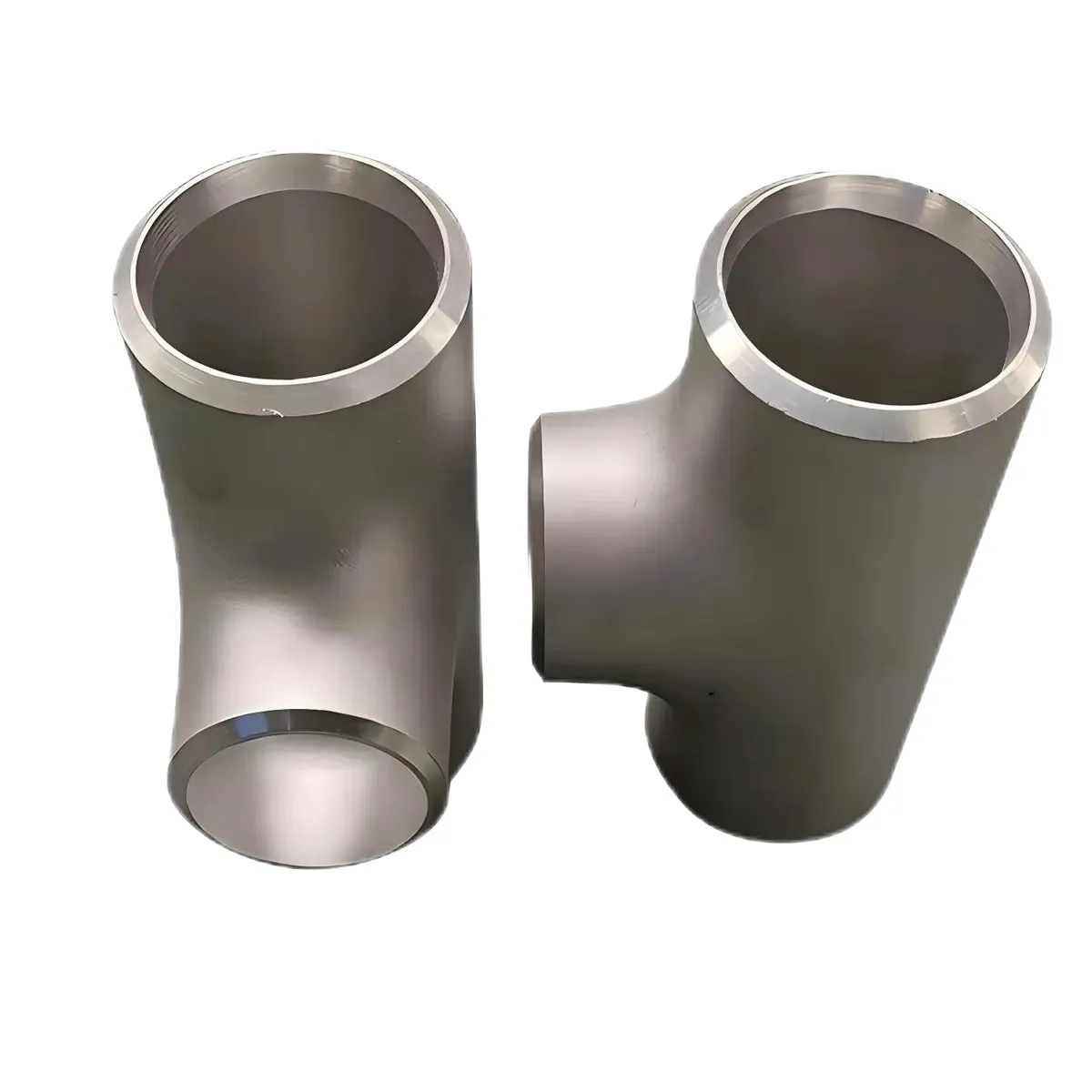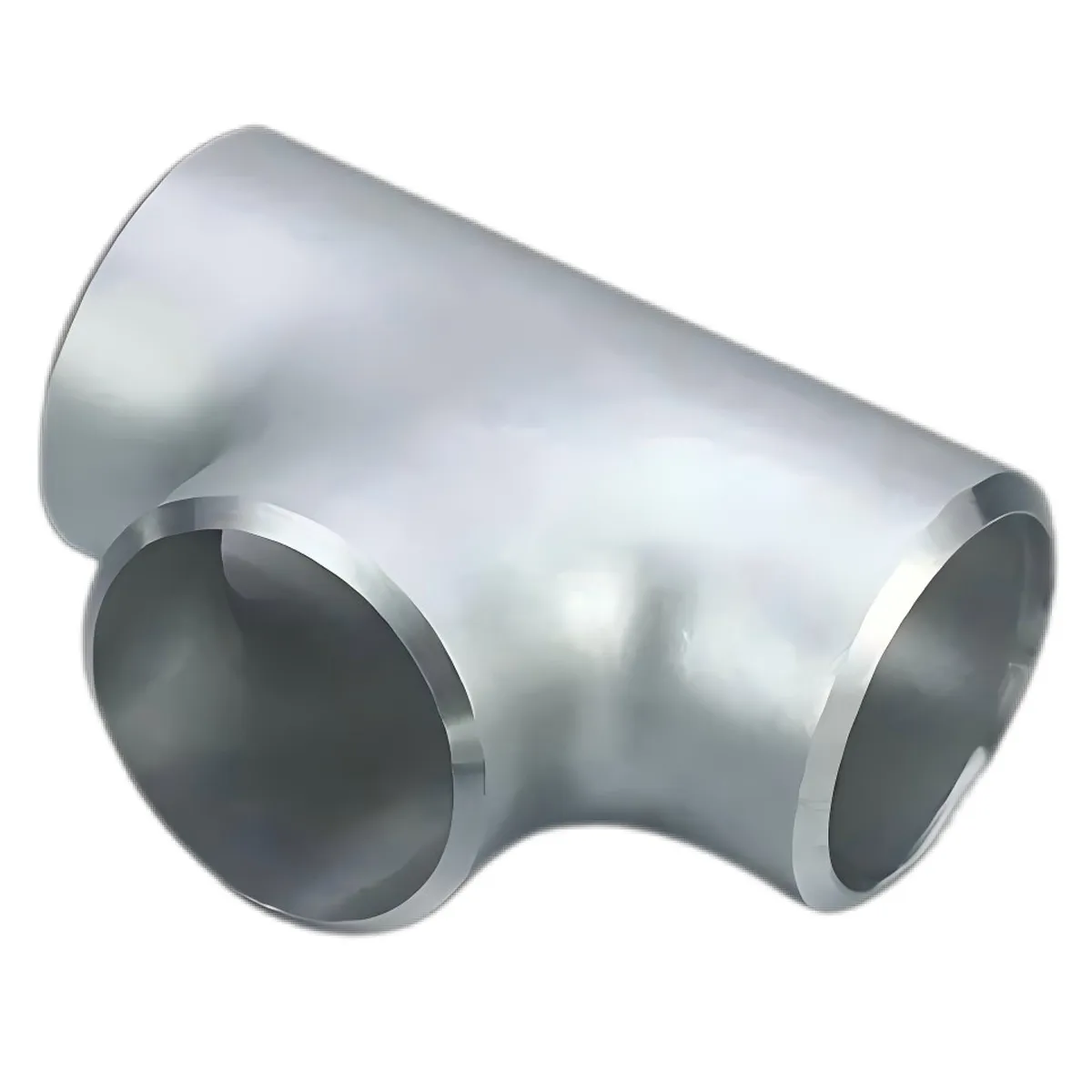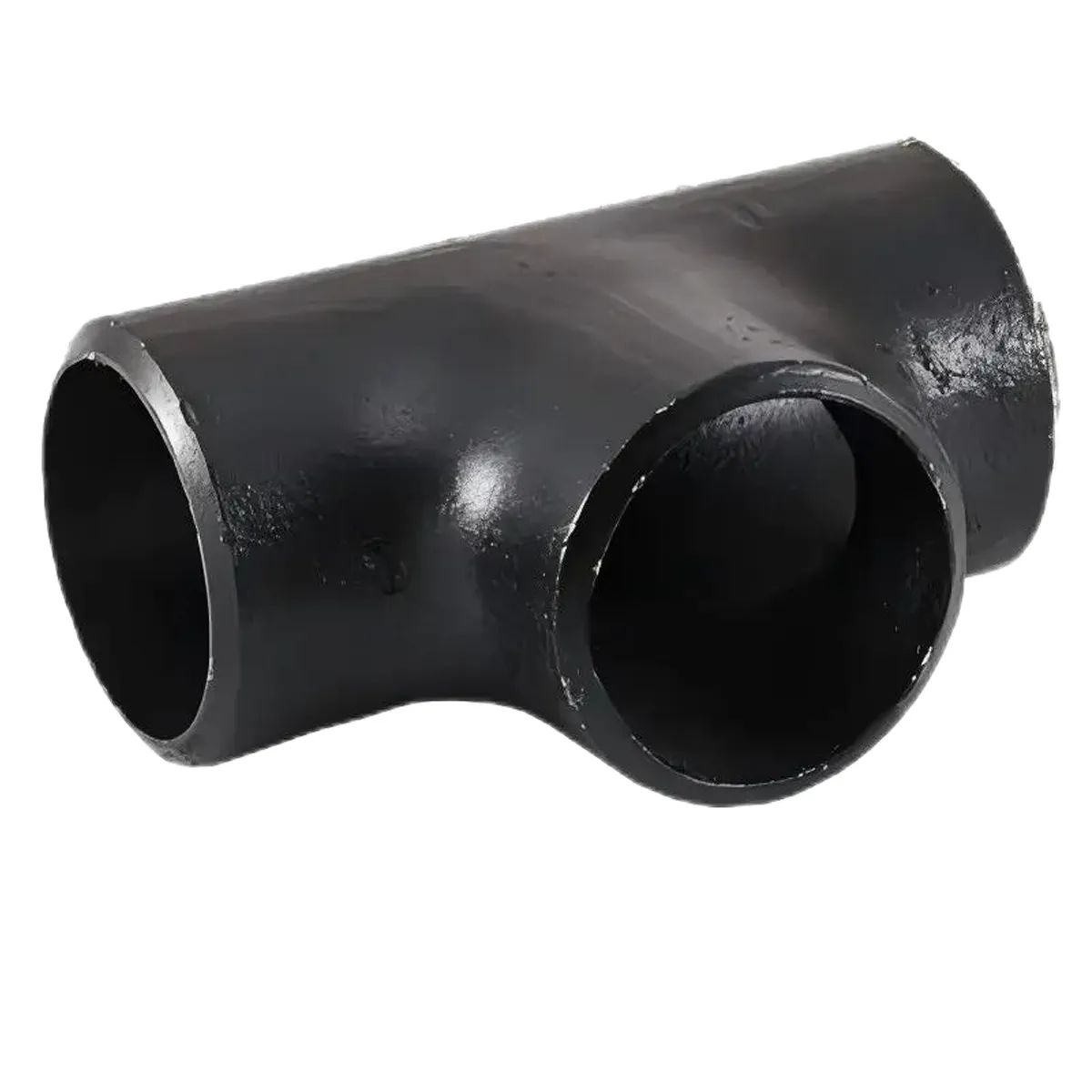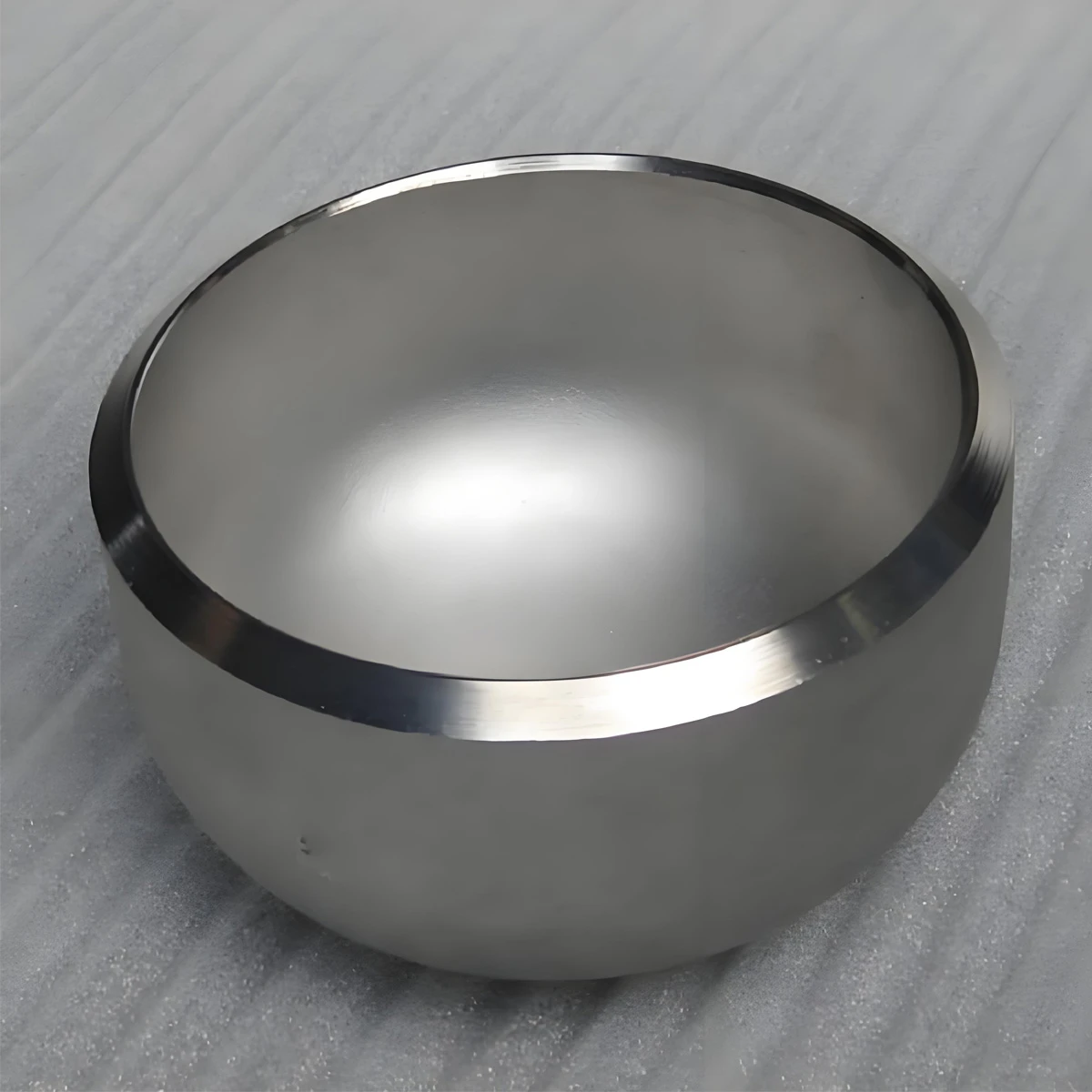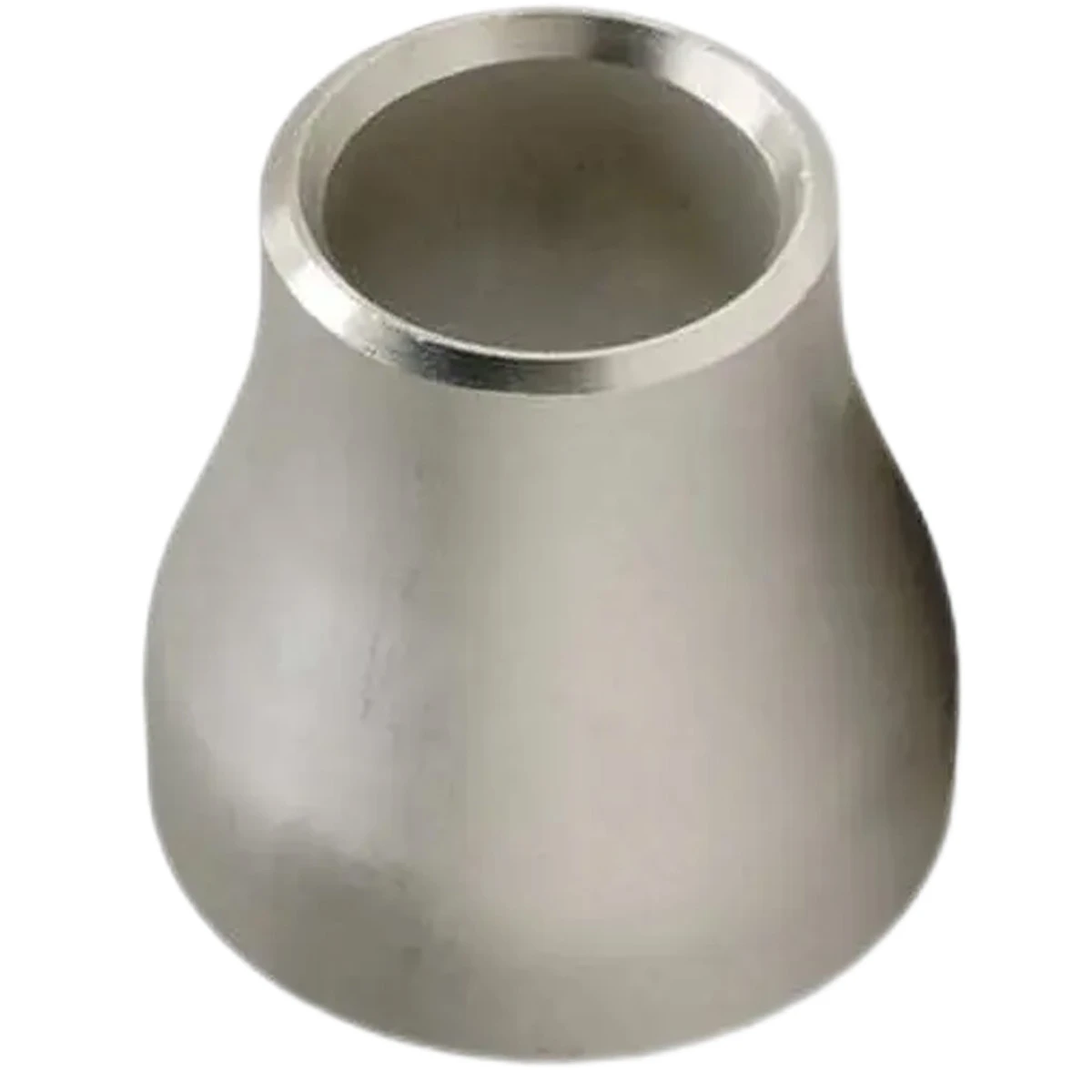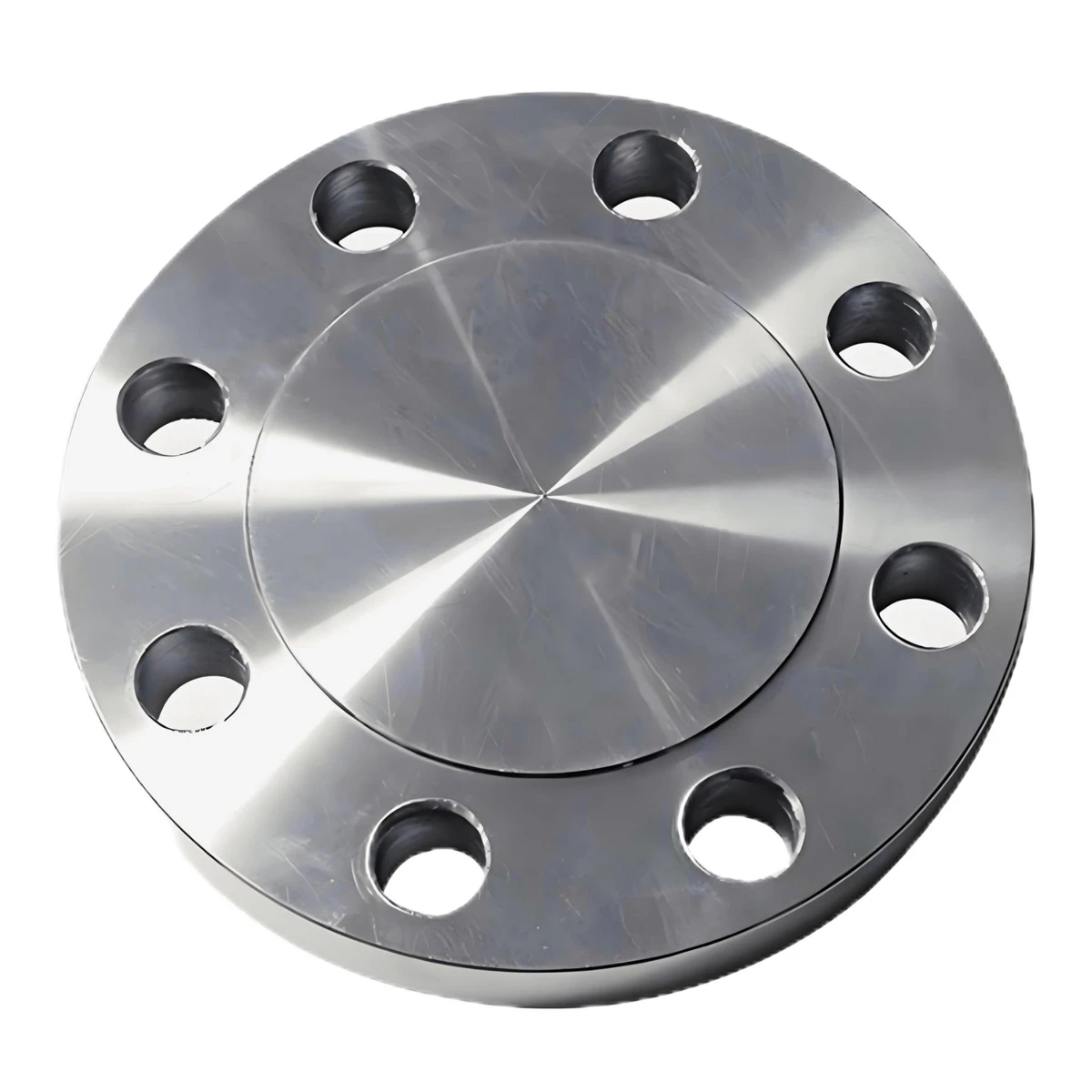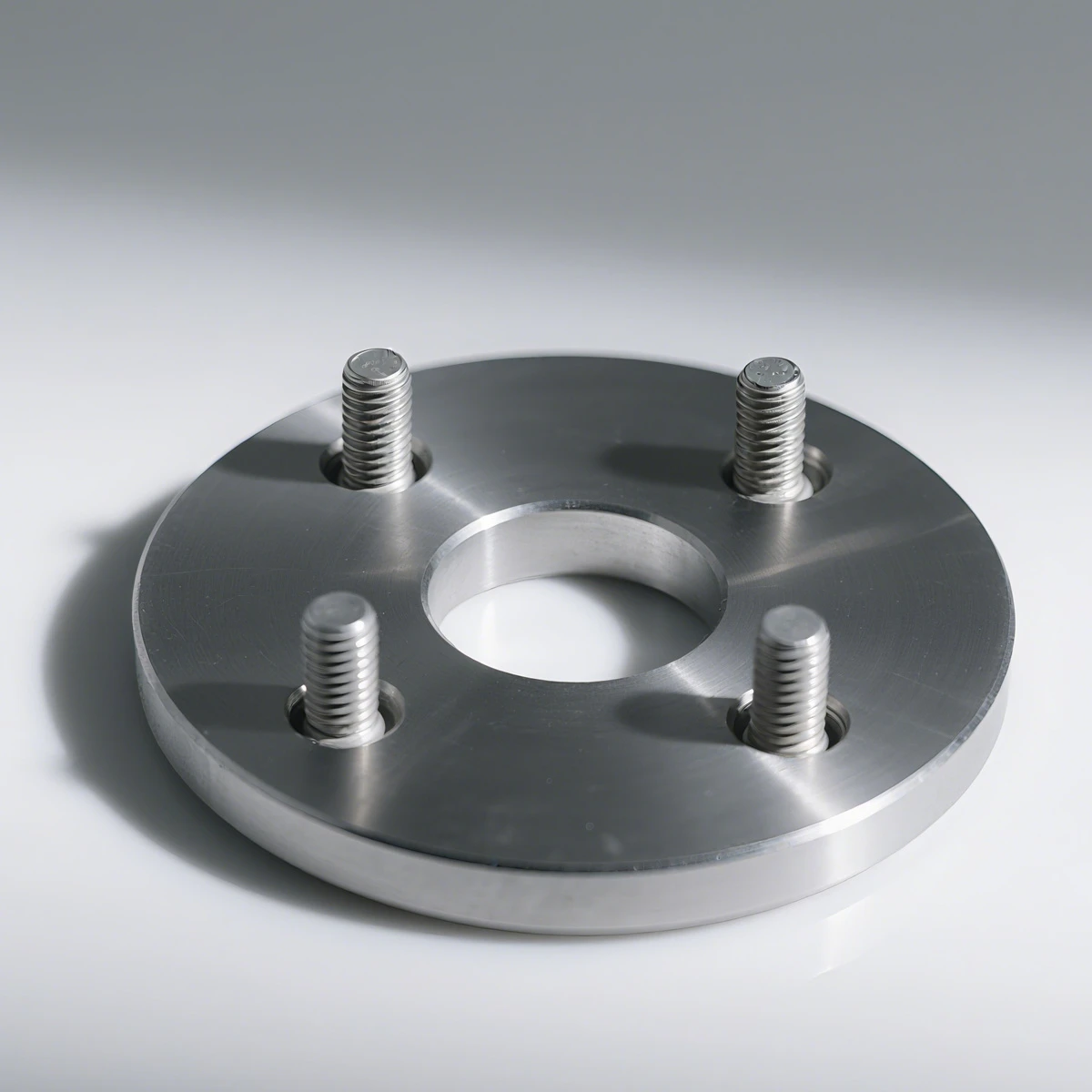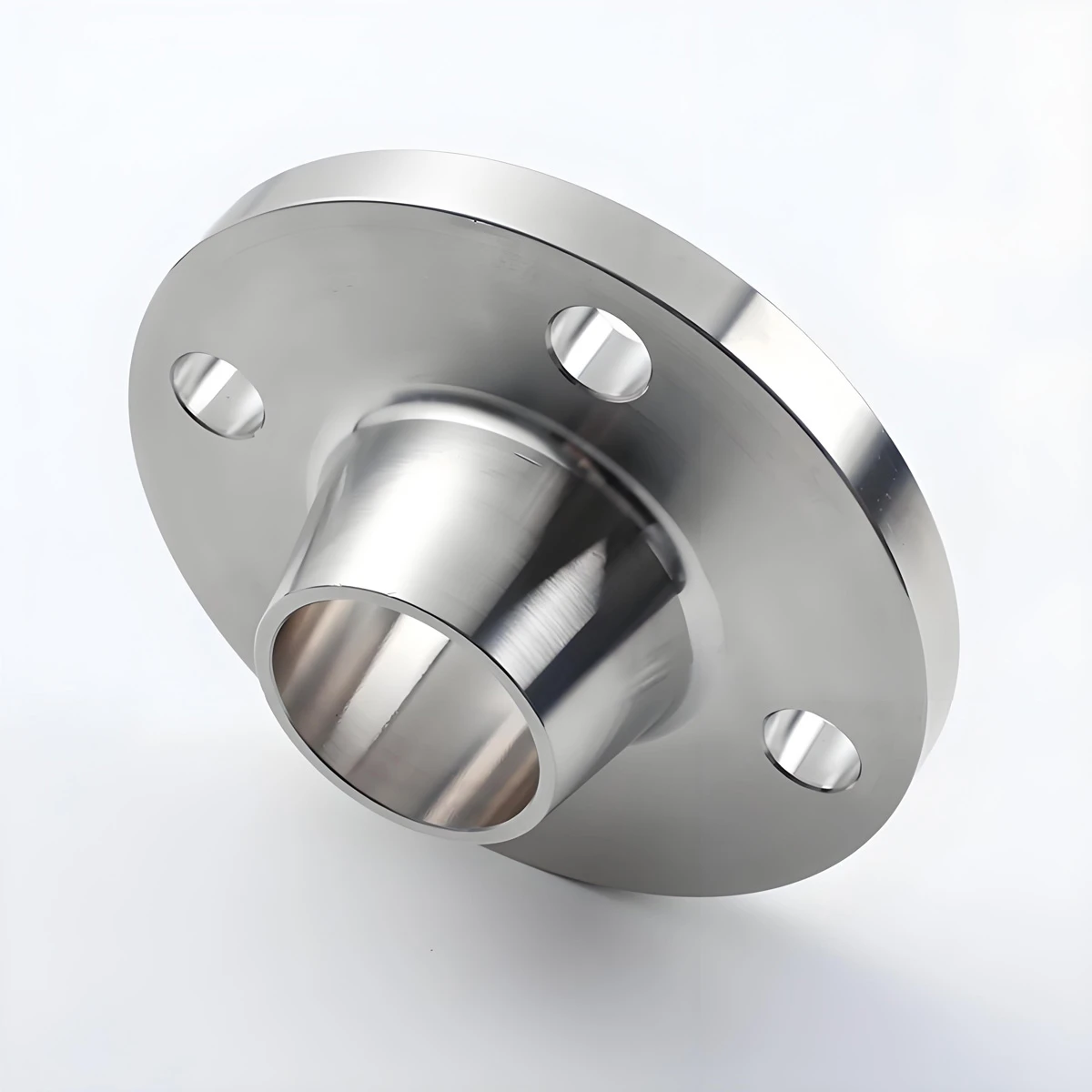A tee pipe is a type of pipe fitting used to connect three sections of pipe, typically forming a "T" shape. It is designed to allow the flow of fluid or gas to branch off in a perpendicular direction from the main pipeline. Tees are available in various sizes and materials, including carbon steel, stainless steel, alloy steel, and PVC, making them suitable for a wide range of industries such as oil and gas, chemical processing, water treatment, and HVAC.
|
Tees |
|
Description: Tees |
|
Type:Straight and Reducing |
|
DN/INCH:20*20 ¾*¾ - 900*450 36*18 |
|
MAR:CS(ASTM A105P235GH/P245GH/P250GH/P265GH/ST37-2)SS(ASTM A182/304/306) |
|
Surface Coating:Black paint/Galvanize/Grease/Epoxy paint |
|
With thicker, stronger walls than our standard-wall butt-weld pipe fittings, these fittings stand up to your high strength applications. Weld them flush against pipe for a smooth connection that permits maximum flow. These fittings have beveled ends that create a trough for a leak-resistant, permanent weld. Made of steel, they’re for use in noncorrosive environments. |
A tee pipe is a type of pipe fitting used to connect three sections of pipe, typically forming a "T" shape. It is designed to allow the flow of fluid or gas to branch off in a perpendicular direction from the main pipeline. Tees are available in various sizes and materials, including carbon steel, stainless steel, alloy steel, and PVC, making them suitable for a wide range of industries such as oil and gas, chemical processing, water treatment, and HVAC.
Tees come in different types, such as equal tees and reducing tees. Equal tees have three equal-sized openings, while reducing tees are designed to connect pipes of different diameters. They are often used to divide or combine flow within a piping system while ensuring minimal flow resistance. Tees are also available in various pressure ratings and are designed to meet standards such as ASME, DIN, and ANSI.
Durable and corrosion-resistant, tee pipes are essential for ensuring smooth and efficient flow within complex piping systems, providing versatility and functionality in fluid distribution and control.
Tees Pipe Application
Tees pipes are essential components in various piping systems, widely used in industries such as oil and gas, chemical processing, water treatment, power generation, and HVAC. They are primarily used to create branch connections, allowing for the diversion or merging of fluids or gases from the main pipeline. Equal tees are commonly used when the flow is evenly distributed across all branches, while reducing tees are used when pipes of different diameters need to be connected, often found in systems with varying flow rates.
Tees are utilized in applications like fluid distribution, irrigation systems, fire protection systems, and gas pipelines. In oil and gas, tees are frequently used for splitting or combining flows to different units or equipment, such as pumps, compressors, or heat exchangers. In water treatment plants, tees facilitate the distribution of water through filtration units or different stages of treatment.
The versatility of tee pipes makes them indispensable in complex piping networks, ensuring efficient flow management and adaptability in diverse industrial environments.
What is a tee joint pipe used for?
A tee joint pipe is a crucial fitting used in piping systems to connect three sections of pipe, forming a "T" shape. It is primarily used to branch off or combine the flow of fluid or gas from the main pipeline. The tee joint allows for the diversion of flow in a perpendicular direction, ensuring that fluids can be directed to multiple paths or received from different sources, all while maintaining a stable and efficient flow.
Tee joints come in two main types: equal tees, where all three openings are of the same size, and reducing tees, where one opening is smaller than the others, allowing for connections between pipes of different diameters.
These fittings are widely used across various industries such as oil and gas, water treatment, chemical processing, and HVAC systems. For example, in the oil and gas industry, tee joints are often used to split the flow between different equipment or pipelines. In water treatment, they help distribute water to various filtration or treatment stages. Their versatility and ability to handle high-pressure and high-temperature conditions make tee joints an essential component for efficient fluid and gas distribution systems.
Plumbing tee types
There are several types of plumbing tees, each designed for specific applications in piping systems. The most common types are equal tees and reducing tees.
Equal Tee: This is the most standard type of tee, with all three openings of the same size. It is used when the flow needs to be evenly distributed across all three branches. Equal tees are ideal for systems where there is no need for different pipe diameters, allowing fluid to flow equally through each section.
Reducing Tee: A reducing tee is used when one of the branches is of a smaller diameter than the other two. This type is ideal for applications where a smaller pipe is required to connect to a larger pipe, allowing the diversion or branching of flow at different pipe sizes.
Sanitary Tee: Primarily used in drain, waste, and vent (DWV) systems, sanitary tees help ensure that waste flows properly through the system without causing airlocks or flow restrictions.
Plumbing tees are available in a variety of materials, such as PVC, copper, and steel, and are used in residential, commercial, and industrial applications, ensuring efficient water or gas distribution throughout the system.

